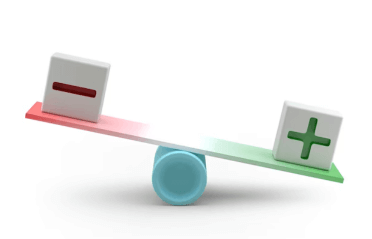Question
a.
To save resources in constructing own mortality tables
b.
To ensure consistent pricing across the industry
c.
To analyze the company's own experience
d.
To adjust mortality rates based on future conditions
Posted under IC 92 Actuarial Aspects of Product Development
Interact with the Community - Share Your Thoughts
Uncertain About the Answer? Seek Clarification Here.
Understand the Explanation? Include it Here.
Q. What is the primary purpose of using a standard table for mortality rates?
Similar Questions
Explore Relevant Multiple Choice Questions (MCQs)
Q. Why might a company adjust mortality rates from a standard table?
View solution
Q. What alternative data source can be used if a company lacks adequate mortality experience?
View solution
Q. Why is it important to avoid using very old data for mortality rate adjustments?
View solution
Q. What is the typical period of data used for mortality investigations?
View solution
Q. Why might data be classified into similar groups during analysis?
View solution
Q. When might further adjustments need to be made to the adjusted mortality rates?
View solution
Q. Why is it important to consider expected changes in mortality rates over time?
View solution
Q. In what scenario can future expected mortality changes be ignored?
View solution
Q. In India, why are mortality rates assumptions particularly important for some contracts?
View solution
Q. What factors may constrain an actuary's choice in determining mortality assumptions?
View solution
Q. Which of the following products may exhibit variations in mortality rates based on medical examination and sum assured?
View solution
Q. What source of data may be used to determine mortality rates?
View solution
Q. How might reinsurer's rates influence mortality assumptions?
View solution
Q. In practice, what considerations might impact the selection of mortality rates for insurance products?
View solution
Q. What is the purpose of analyzing past experience in the assumptions setting process?
View solution
Q. How is the Actual vs Expected (A/E) analysis used in experience analysis?
View solution
Q. Why is it important for insurance companies to monitor actual compared to expected experience?
View solution
Q. In addition to responding to adverse experience, what proactive approach do insurance companies take in managing their operations?
View solution
Q. How does analyzing past experience contribute to making more informed decisions about pricing and reserves adequacy?
View solution
Q. What is the primary requirement for data used in experience analysis?
View solution
Recommended Subjects
Are you eager to expand your knowledge beyond IC 92 Actuarial Aspects of Product Development? We've handpicked a range of related categories that you might find intriguing.
Click on the categories below to discover a wealth of MCQs and enrich your understanding of various subjects. Happy exploring!








